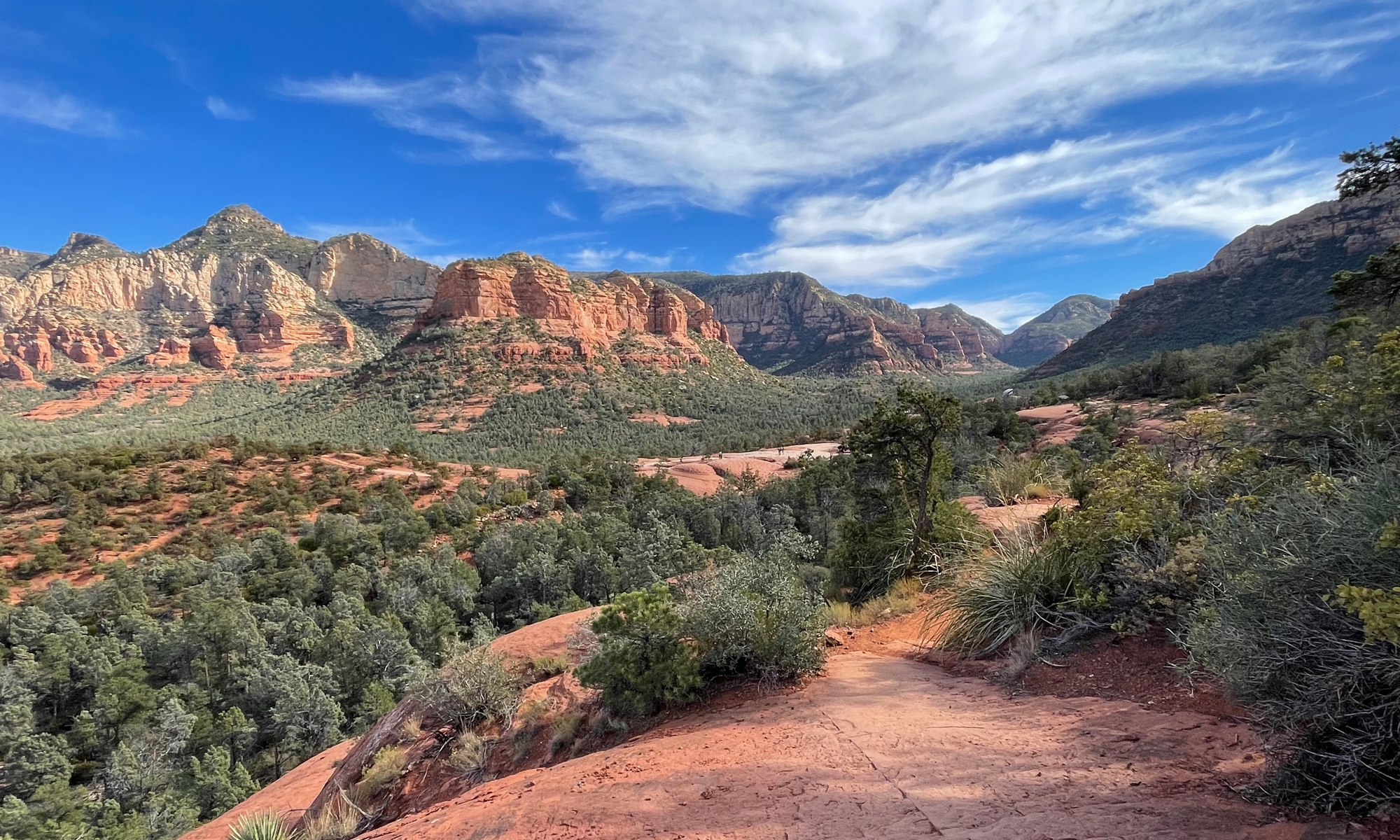I’ve never really been a morning person, but I’m determined to get out more this year than I did last year. As it turns out, I like hiking through the desert. On Tuesday, I met my friend at 7:30 and we were finished walking by around 9:30. That meant I still had a full day left to fill. I didn’t really feel like sitting around the house, so I decided to visit Tucson Botanical Gardens (TBG). I’d heard that it is a great place to beat the Tucson heat. (We bought a membership late last year and have only visited a few times.)
TBC is located on a 5.5 acre property in midtown Tucson. The Porter family, who originally owned the property, experimented over many years to learn what would thrive in their commercial nursery and private garden. After the nursery closed and Mr. Porter died, the family hoped their garden would still be of use. Through an agreement between Mrs. Porter and the city, Tucson Botanical Gardens was invited to set up headquarters on the property in 1974.
Now, almost 40 years later, TBG really is a delightful space to wander through on a hot late-Spring day. There are 17 themed gardens providing plenty of shade. With benches and chairs scattered throughout the property, there are numerous quiet little tranquil nooks that make for peaceful spots to sit and relax, meditate, read, nap, whatever.
There were a lot more flowers in bloom than I expected. A couple nice exhibits were happening, too, including a collection of quilts. I took quite a few pictures, so I figured I’d do a blog post (or three) to share some of what I saw.
The first thing that caught my eye was this bright green VW bug. According to TBG’s website, “This car doesn’t run on gas, so Power to the Flower is this year’s theme. This flower powered slug bug will feature plants and flowers named after songs and themes from the 1960’s.” Apparently the car is put to similar use each year, which I think is a great idea.
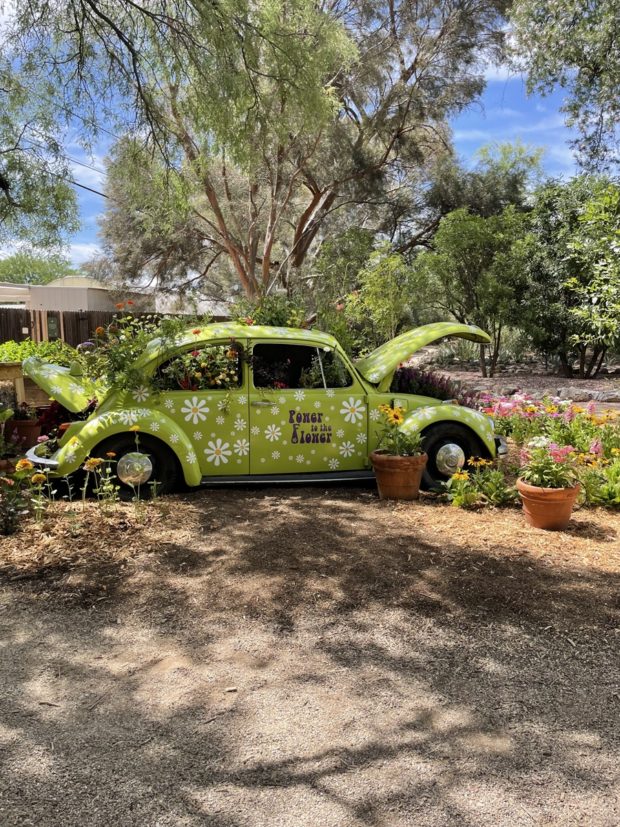
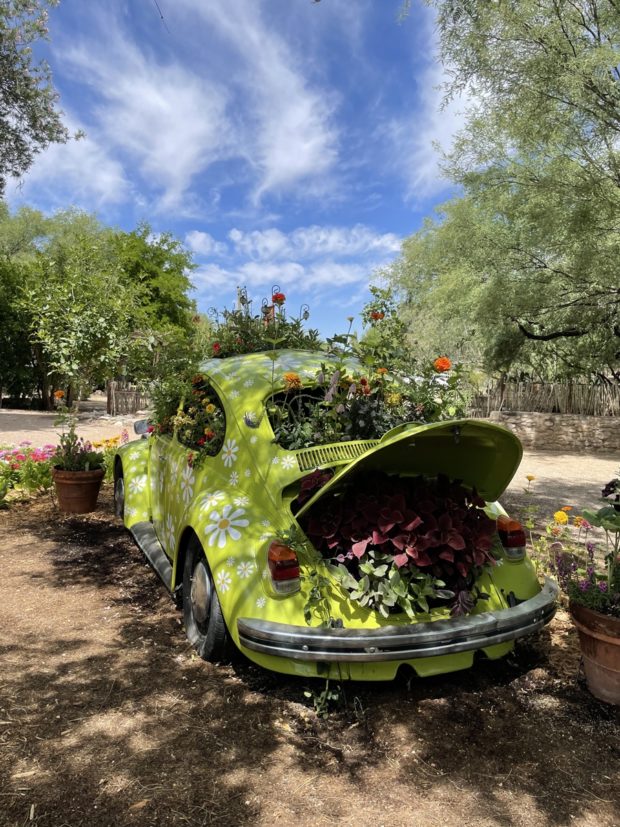
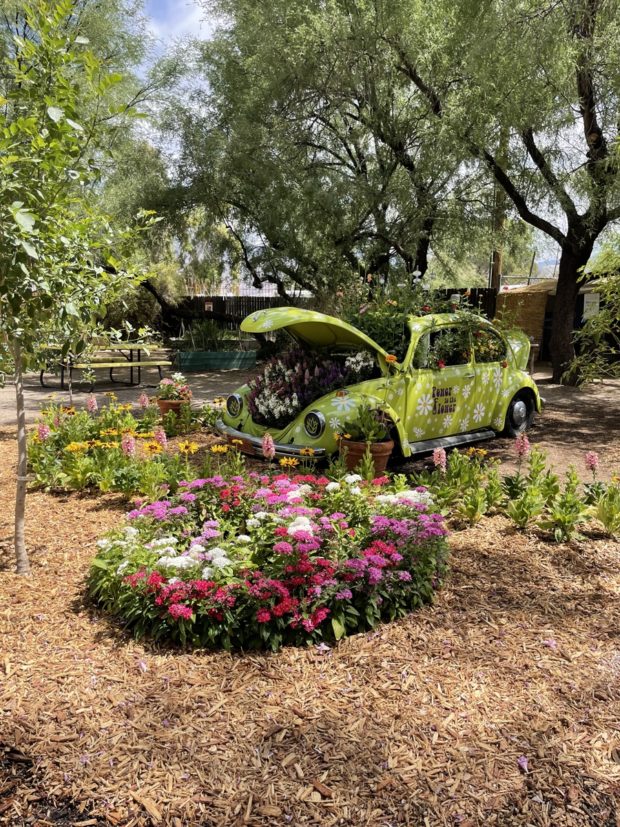
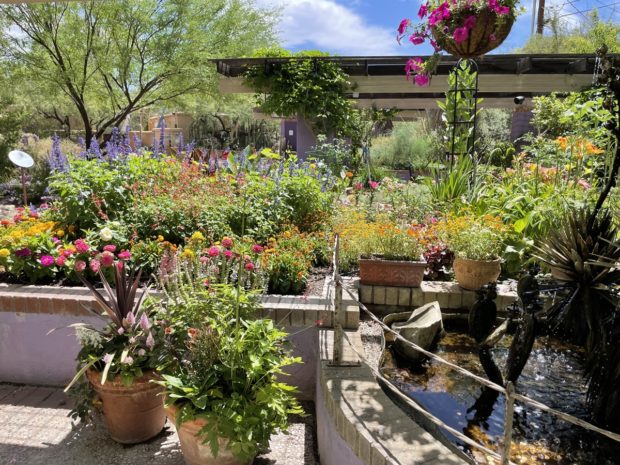
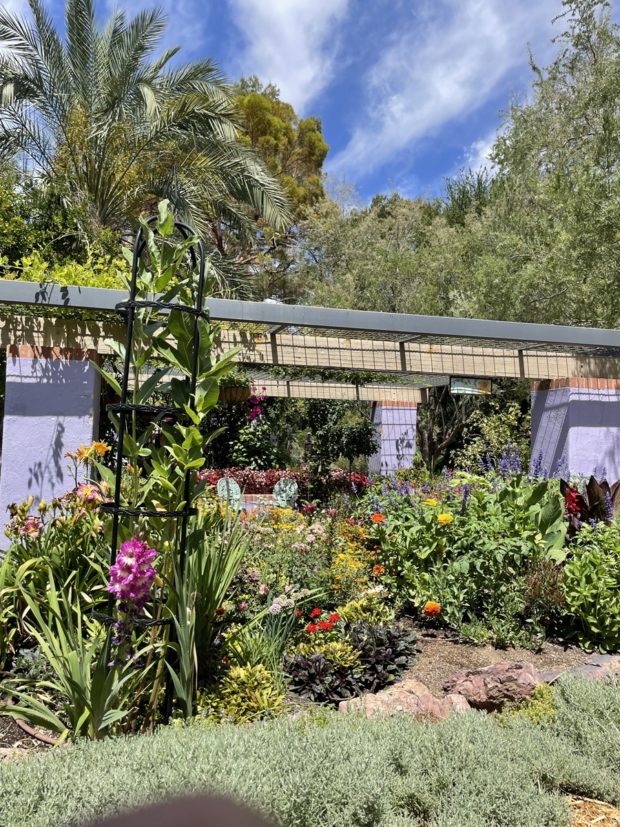
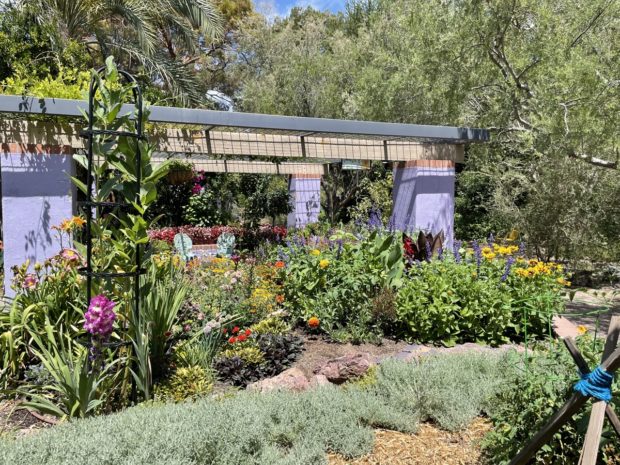
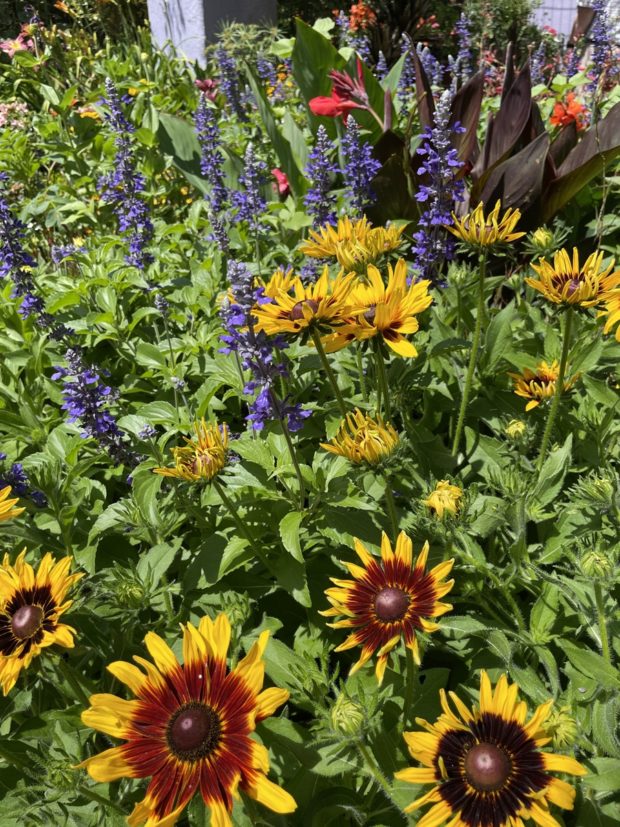
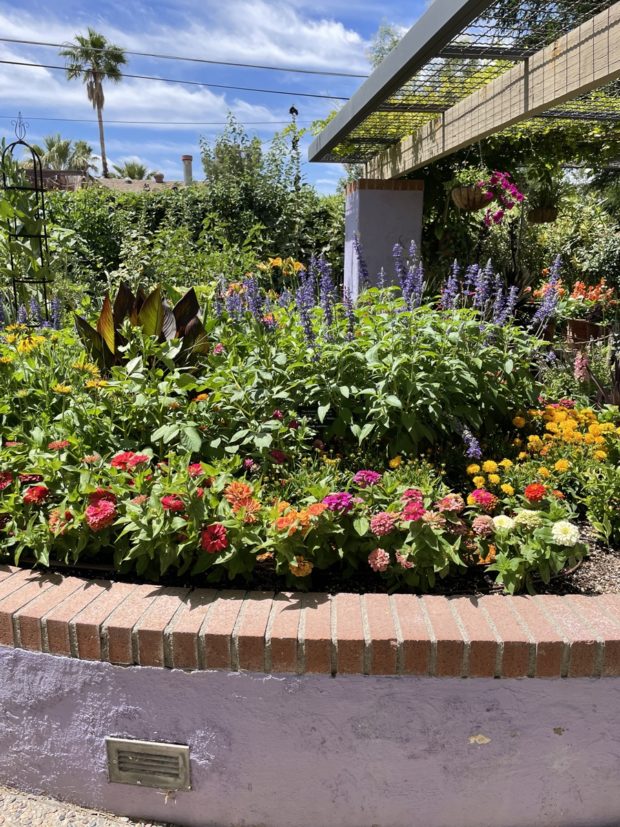
I’ll share more pics from my visit in a couple/few future posts. There are far too many to share all at once.
